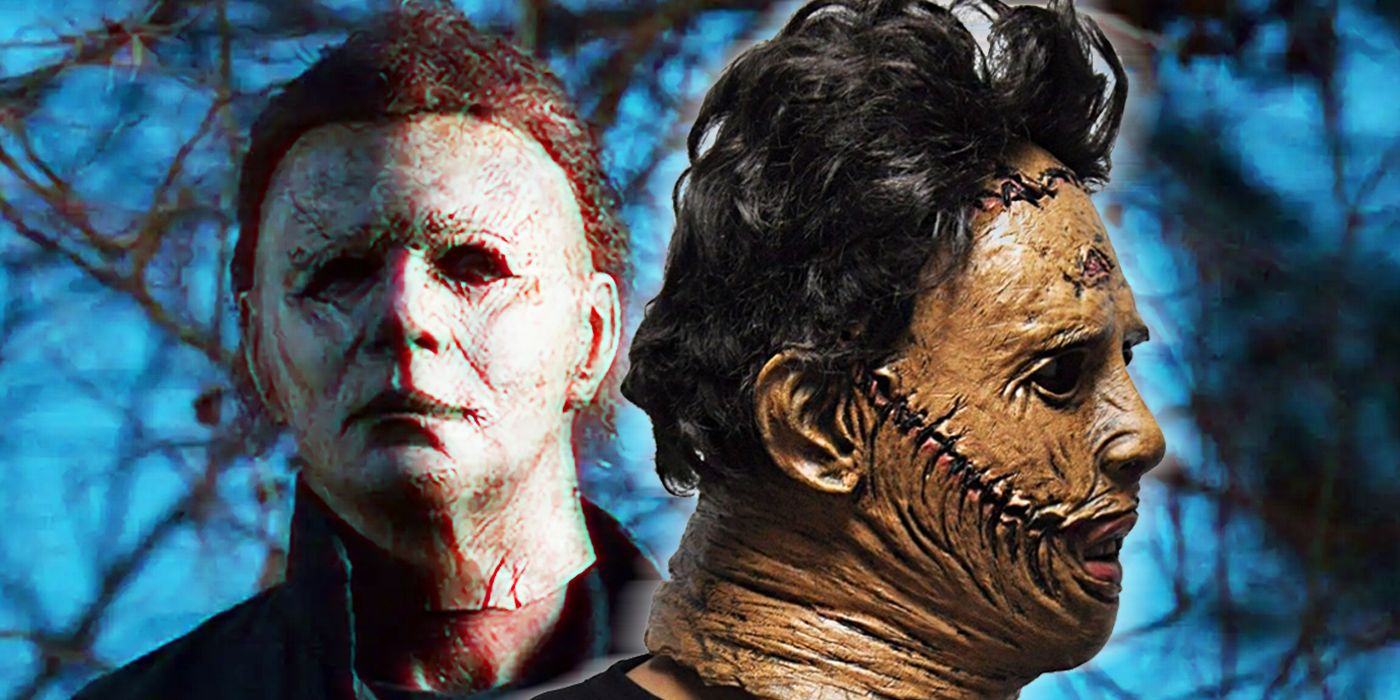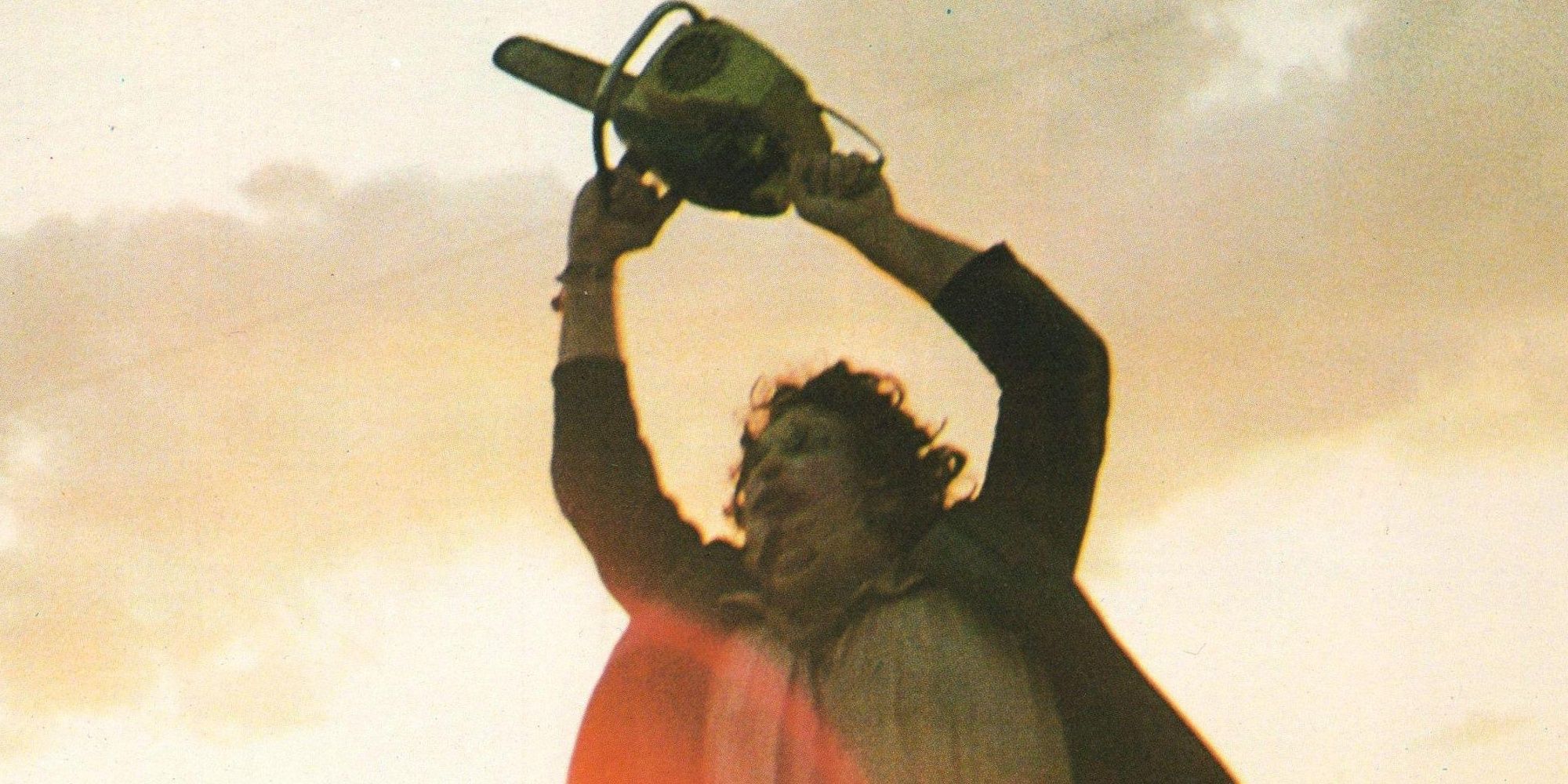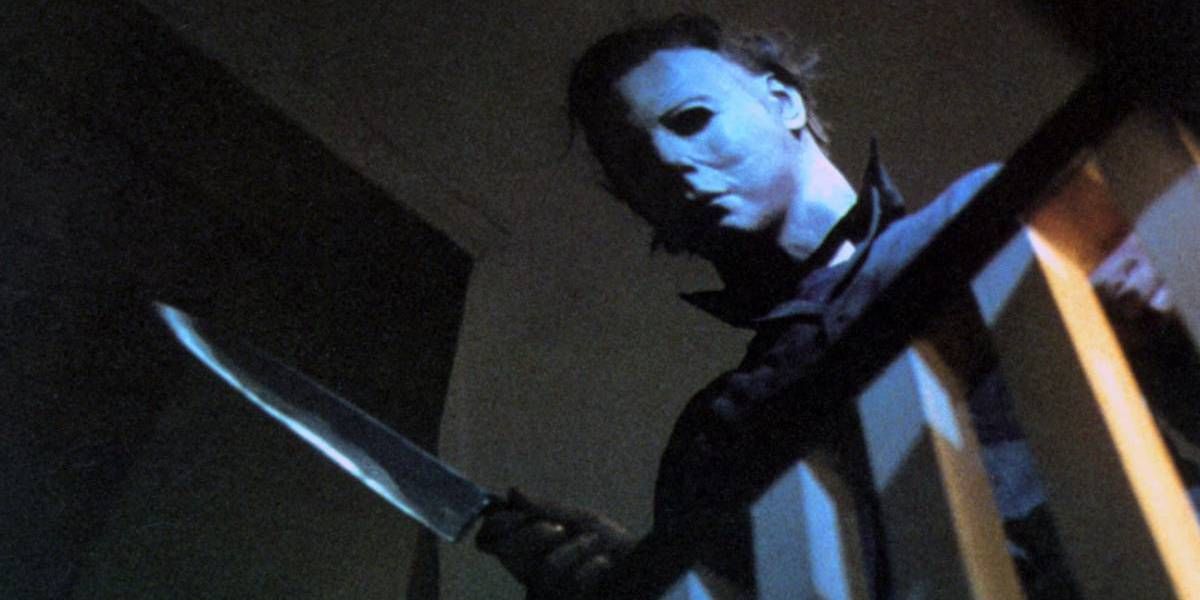In horror cinema, the late '70s and '80s acted as a horror renaissance, with the introduction of iconic slashers like Freddy Krueger and Jason Voorhees. While these two became slasher genre titans, their films ventured further into the supernatural realm. Freddy transformed into a comedic dream villain, whereas Jason evolved into a super-strong zombie with little to no weaknesses. As their essence became less threatening, other slasher icons, like Michael Myers and Leatherface, maintained a horrifying sense of realism.
The Texas Chainsaw Massacre and Halloween franchises weren't completely immune to the supernatural or campy with their later installments. However, their films always attempted to course-correct, maintaining what made the characters terrifying in the first place. For example, in 2018's Halloween, Michael shed his supernatural lore and became a simple serial killer once more. Since the franchises have maintained that integrity, it aided in making Michael Myers and Leatherface the two most ominous slashers in horror. But that title came from more than just their intimidating looks.
The Texas Chainsaw Massacre was inspired by serial killers like Ed Gein, who often wore the face of his victims. Leatherface adopted a similar tactic while he and the Hewitt family captured hitchhikers and travelers to murder and eventually eat. Though they mainly operated in Texas and their surrounding hometown, they personified the terror often felt when traveling on an isolated stretch of road. The original 1974 film used this to great effect when the protagonists -- and later victims -- picked up a strange hitchhiker who ended up being a member of the Hewitts. But while Leatherface represented the fear of being alone with strangers in a dangerous location, Michael Myers proved the opposite could be equally terrifying.
The Halloween franchise has made a point to turn the safety of suburbia on its head with Michael Myers' pale visage. His presence evoked the idea that even innocent places weren't safe from the boogeyman. Like a shark, Michael only attacked people that crossed his line of sight. In the original 1978 film, Laurie Strode (Jamie Lee Curtis) found her friend's bodies in the adjacent house where she also encountered Michael. Laurie immediately ran home, and Micheal followed. Had she stayed inside her house, she had a better chance that he wouldn't have tried to attack.
On the other hand, Halloween's 2018 continuation played up Michael's home invasion tactics even more, with a tracking shot of him walking into various people's houses and aimlessly murdering them. There was no logic to his crimes, and they mirrored the acts of serial killer Richard Ramirez, who operated with a similar lack of order when he sneaked into homes.
At its core, these franchises prey on the basic fears that all humans have. For Leatherface and The Texas Chainsaw Massacre, it's the feeling of being exposed in an unknown place. Considering the unfamiliar location, the victims often run aimlessly, trying to escape, but fall right into another one of the Hewitt's. Michael Myers and Halloween inverted that fear and reminded people that even their own homes aren't as safe as they thought. These fears, coupled with real-life examples, ground the series in a way that Jason or Freddy could never match. And that realistic foundation has also made Leatherface and Michael the scariest slashers in horror.



